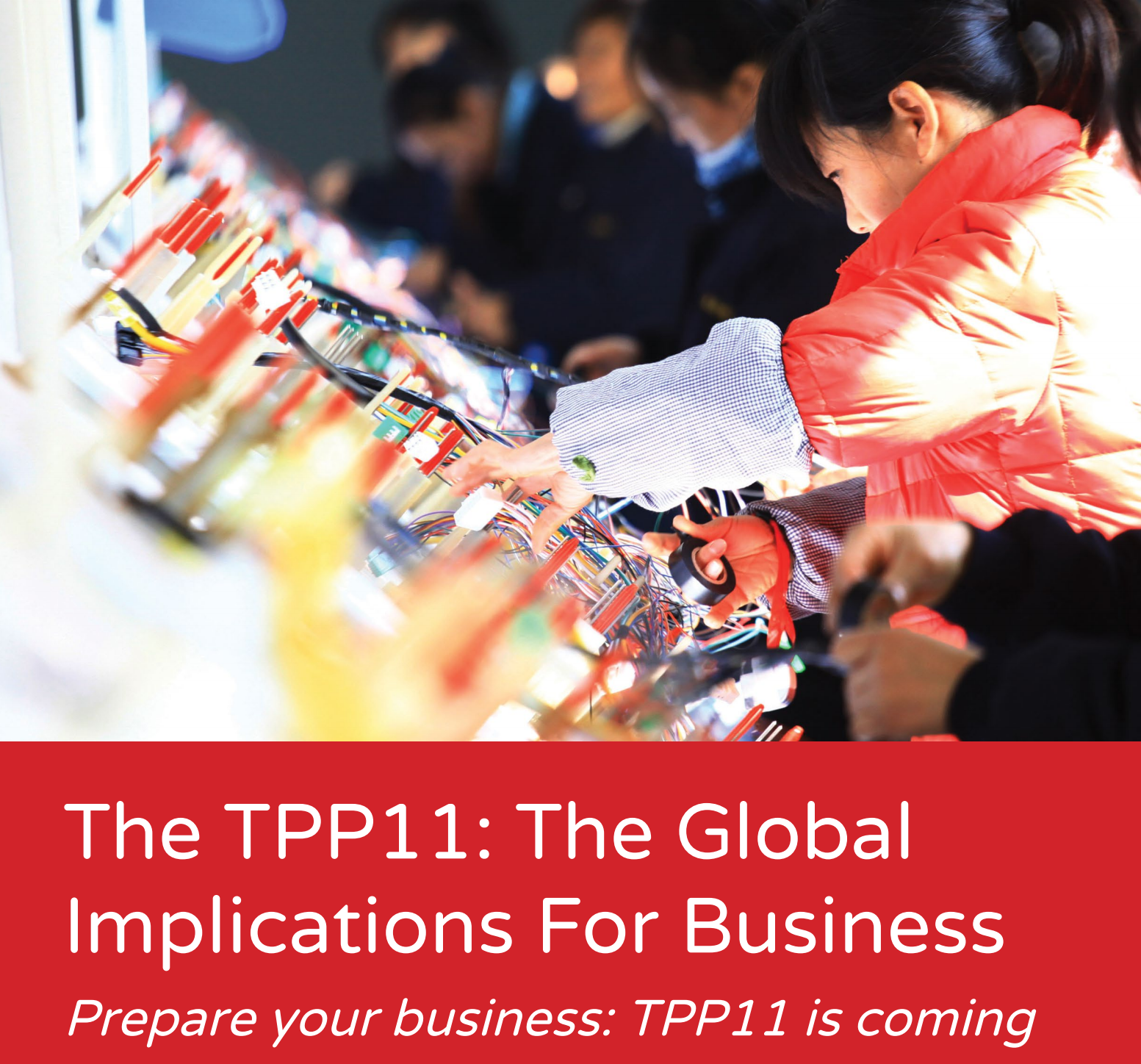After a long and arduous path, the Comprehensive and Progressive Trans-Pacific Partnership (CPTPP) trade agreement is ready to enter into force on December 30, 2018!
Six member states have completed ratification procedures to allow the entire agreement to begin before the end of this year: Australia, Canada, Japan, Mexico, New Zealand and Singapore.
This means that for these six members, every provision in the CPTPP will enter into force on December 30.
Every tariff line will be reduced or eliminated, every service and investment sector that was pledged will be opened for CPTPP companies, all new rules on intellectual property rights start, all new customs procedures begin, new provisions for competition and state-owned enterprises kick in, labor and environment rules come into force, and so forth.
Note that, for now, these benefits apply only to companies based in CPTPP members that have completed the ratification procedures doing business into another CPTPP member that has also ratified the agreement—from one of the six into another one of the six members.
As of this morning (October 31), it is not yet possible to use the CPTPP between Singapore and Peru, as an example, as Peru has not completed its internal procedures. But Singaporean firms can ship goods and services with substantial new benefits to Japan or Canada and the other ratified countries on December 30 and beyond.
There is still room for the remaining members to join, of course. It is likely that the other five (Brunei, Chile, Malaysia, Peru, and Vietnam) could be added to the same start date of December 30 if they rush their own internal processes.
The formal “announcement” on CPTPP is likely to be made at the upcoming APEC summit in Papua New Guinea in mid November.
CPTPP texts run to roughly 580 pages. (Pick up your copy of the text from us here.) The associated schedules are thousands of additional pages. These schedules, for things like tariff cuts will be adjusted now to change “Year 1, 2, 3 and so on” into specific dates.
Firms will need to start combing through what the agreement means for their firms. We have prepared the following materials and will have updates out shortly as well.
Note that, because the first six governments were unexpectedly quick at organizing their approvals, tariff cuts will be faster than originally anticipated. Entry into force (EIF) cuts will take place on December 30, 2018. For five member states, “Year 1” cuts will take place on January 1, 2019. For Japan, “Year 1” does not start until April 1, so their next round of cuts will take place on April 1, 2019. (The attached booklet, as an example, shows graphically some of these tariff cuts for many products.)
The remainder of the CPTPP is not scheduled by “years,” so this distinction is less relevant, except for some elements that apply to Malaysia, Peru and Vietnam (like slight extensions for some intellectual property or labor provisions).
As we have argued in the past, the CPTPP is not just another free trade agreement. It is the most important trade deal in decades. The deep, interlocking nature of the 30 chapters provides benefits for participants that can be hard to grasp but will soon become evident. This agreement naturally fits better with the way large and small companies actually do business in this century.
But the agreement does not automatically apply to firms either—your company will not “just” get a better deal on December 30th because it happens to sit in a CPTPP country sending goods to another CPTPP country. Like any FTA, firms need to make sure the rules actually apply to their products or services and take steps to confirm these benefits.
Member governments and relevant ministries may be slow to provide helpful services for companies wishing to understand the benefits of CPTPP. The rollout of capacity building for both governments and companies has been sluggish. (It would be awfully helpful to have a CPTPP Secretariat in place to handle this complicated agreement…)
The Asian Trade Centre helps companies navigate CPTPP, including training for companies, and corporate advisory services to adjust supply chains to better benefit from the new provisions.
Every CPTPP member should have texts, schedules and side letters on their websites. New Zealand remains the official repository country, with the primary documents posted here.
As CPTPP moves to domestic level implementation, firms will need to carefully watch and provide input on the process. While the agreement is substantial, in many areas the texts simply provide broad guidance. The devil, as always, is often in the details.
The Asia Business Trade Association (ABTA), our sister organization, has an explicit pillar of activity on trade agreements, including monitoring and assisting governments with CPTPP implementation. For more on how your business can be involved in ABTA, please visit our website here.
***This Talking Trade was written by a delighted Dr. Deborah Elms, Executive Director, Asian Trade Centre, Singapore***

